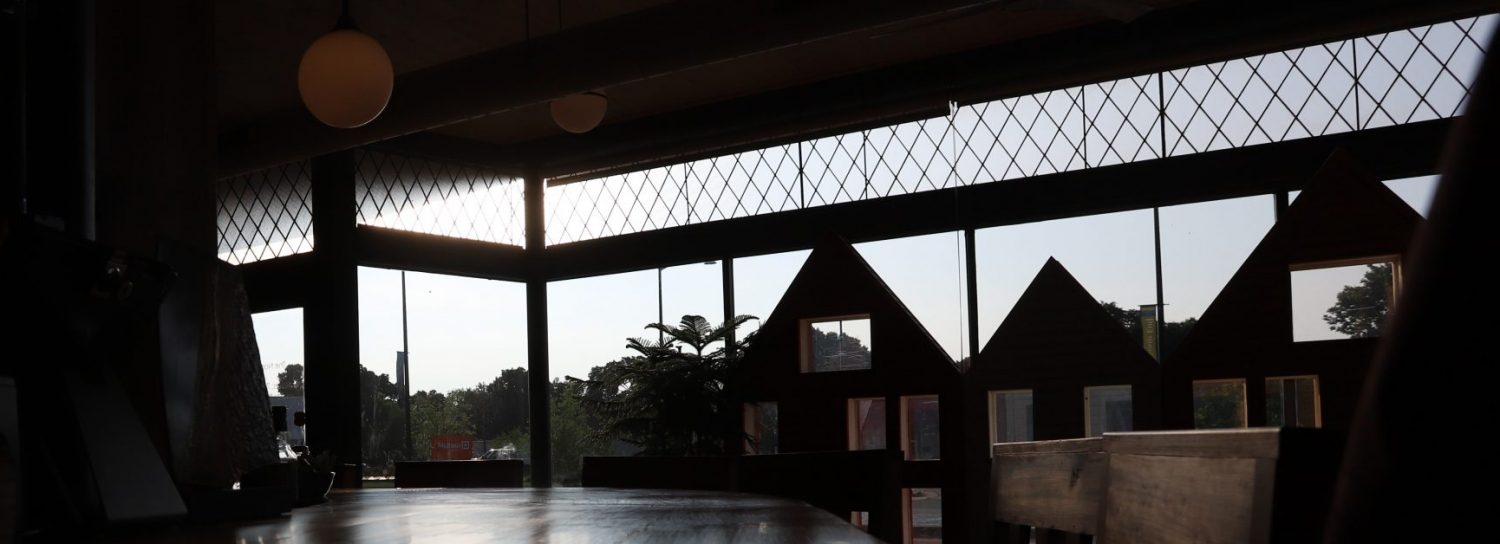Decarbonizing Transportation With… More Fossil Fuels?
Yesterday was opposite day at the Michigan Department of Environment, Great Lakes, and Energy, where a workgroup on “Transportation and Mobility” had its second meeting to talk about decarbonizing the state’s transportation infrastructure. How, you ask, are they going to do it? Why, compressed natural gas and propane, of course! Seriously, people. I couldn’t make this stuff up. I try so hard.

CMAQ; CMAQ Build Lanes
We also heard from Matt Galbraith on Michigan’s CMAQ program. CMAQ in this case stands for Congestion Mitigation and Air Quality. A program of USDOT, it should not be confused with the EPA’s Community Multiscale Air Quality Modeling System. The structure of CMAQ’s funding is a bit tricky, but suffice it to say that Michigan gets about $30 million per year to implement projects whose goal is ostensibly to reduce congestion and improve air quality, and several Michigan counties– including (shocker) Wayne, Oakland, and Macomb- routinely flunk federal ozone limits (“nonattainment areas“).
What can that money be used for? Well, it can’t be used to add lane miles, so there’s that. It’s not a small amount of money, but, spread out across several counties, especially in a state that doesn’t generally value this kind of thing, it can’t really go that far. Compare that $30 million to $22.1 million that MDOT spent on the Transportation Alternatives Program in 2020, or $31.5 million in 2019– for things like pedestrian and cyclist infrastructure.
Of course, it looks a bit more bleak when you think that MDOT spends about $2 billion per year on roads. (The agency spends about 10% of that on public transit, which includes the expensive demand-response transportation services that cover most of the state).

Tech-Agnostic, Even If It’s The Wrong Tech
A representative of the program said that Clean Cities’ approach is “fuel and tech-neutral to get to energy, environmental,” and “economic security.” The argument– which, at surface level, makes a little bit of sense- is that we don’t have the ability to decarbonize everything today, since we can’t all drive electric Tesla trucks or what have you, so we should instead rely on systems that we do have access to. But this sort of falls apart when you realize that there are plenty of options that don’t involve building all brand spanking new LPG and CNG distribution. Superior management in logistics can reduce truck fuel consumption by double-digit percentages. Aerodynamic improvements to trucks themselves can also deliver several percentage points of easy fuel economy improvements.
But to the point about economic security? How much economic security do we have when a single software disruption results in fuel shortages across the entire East Coast? This same thing has come up in Michigan in discussions around the closure of the Enbridge Line 5 pipeline. Gretchen Whitmer has gone so far as to propose effectively damn near nationalizing the pipeline by appropriating the company’s profits. (Canadians are furious. And apart from driving assertively at the merge points in the Windsor-Detroit Tunnel Plaza, the only way to get Canadians really that mad is to mess with their oil).
Localized Examples and Big Picture Policy
But Luke Tonachel of the NRDC redeemed the meeting a bit, presenting on some developments in big picture policy. The Trump Administration attempted unsuccessfully to preëmpt state fuel efficiency standards, arguing dubiously that it would save the auto industry a hundred billion dollars (even though it would also cost consumers more than that at the pump in increased fuel costs)
The Great Plains Institute’s Brendan Jordan, meanwhile, had a look at transportation policy initiatives in a few spots around the country. This included some interesting stuff including pricing strategies, parking policy, zoning reform, demand side management (education for large employers to encourage non-car modes of transportation), and more. This is the kind of thing I am here for. Jordan looked at specific examples, but seemed focused on the fact that we need to have multiple paths toward decarbonizing transportation (and the rest of the economy).
It’s honestly kind of shocking that there isn’t a higher share for “reduction in urban miles traveled” or “fuel economy standards.” VMT reduction came up in a breakout session as a key objective for the workgroup, as did tax credits for e-bikes and bicycles, expansion of transit ridership and fixed-route service, carpooling and carsharing options, and nonmotorized transportation options.
Anyway, I’m going to keep going to these things until they tell me to stop coming. It’s not just that I’m passionate about the question of decarbonizing transportation. There has to be someone willing to point out how ridiculous it is that our state doesn’t have real infrastructure and that very few people are ever talking about anything other than cars.




